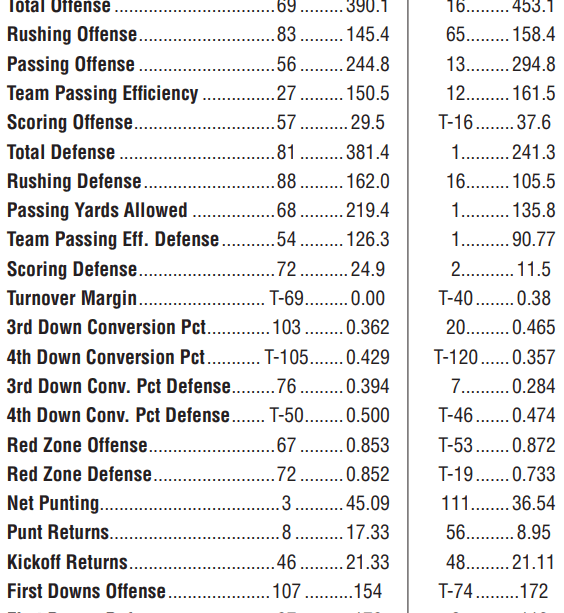Texas vs Florida: A Comparative Analysis

Introduction
As two of the largest and most influential states in the United States, Texas and Florida often find themselves compared across various dimensions including economy, lifestyle, climate, and demographics. Understanding the differences and similarities between these states is important for individuals considering relocation, investment opportunities, or understanding regional politics.
Economic Landscape
Texas is known as a hub for energy production, particularly oil and natural gas, contributing significantly to its economy. The state’s GDP is among the highest in the nation, primarily due to its diverse industries, including technology, agriculture, and international trade. According to the U.S. Bureau of Economic Analysis, Texas had a GDP of approximately $2.1 trillion in 2021.
In contrast, Florida’s economy thrives on tourism, agriculture, and aerospace. The state welcomed over 118 million tourists in 2019, making it one of the most visited states in the nation. In the same year, Florida’s GDP was around $1.1 trillion, reflecting its heavy reliance on its tourism sector.
Demographics and Population Growth
Texas has a rapidly growing population, with a current estimate surpassing 29 million residents, making it the second-most populous state in the U.S. The state is characterized by its cultural diversity, with significant Hispanic, African American, and Asian communities.
Florida also boasts a diverse population of around 21 million residents, heavily influenced by migration from other states and international communities, particularly from Latin America and the Caribbean. The state’s climate and recreational amenities continue to attract retirees and families alike.
Climate and Environment
The climate in Texas varies significantly across its vast territory, ranging from arid in the west to humid in the east. This variation affects agriculture and daily life, with some areas experiencing droughts while others face flooding.
Florida, known as the Sunshine State, has a tropical climate characterized by hot summers and mild winters, making it appealing for those who enjoy outdoor activities year-round. However, it is also prone to hurricanes and tropical storms, which pose risks to residents.
Conclusion
The comparison between Texas and Florida illustrates crucial insights for anyone interested in understanding these states. While Texas boasts a stronger economic diversification and larger population, Florida excels in tourism and recreational living. A forecast trend leans towards continued population growth in both states, driven by economic opportunities and lifestyle preferences. Ultimately, the choice between Texas and Florida will depend on individual priorities ranging from career prospects to preferred climate and lifestyle.









